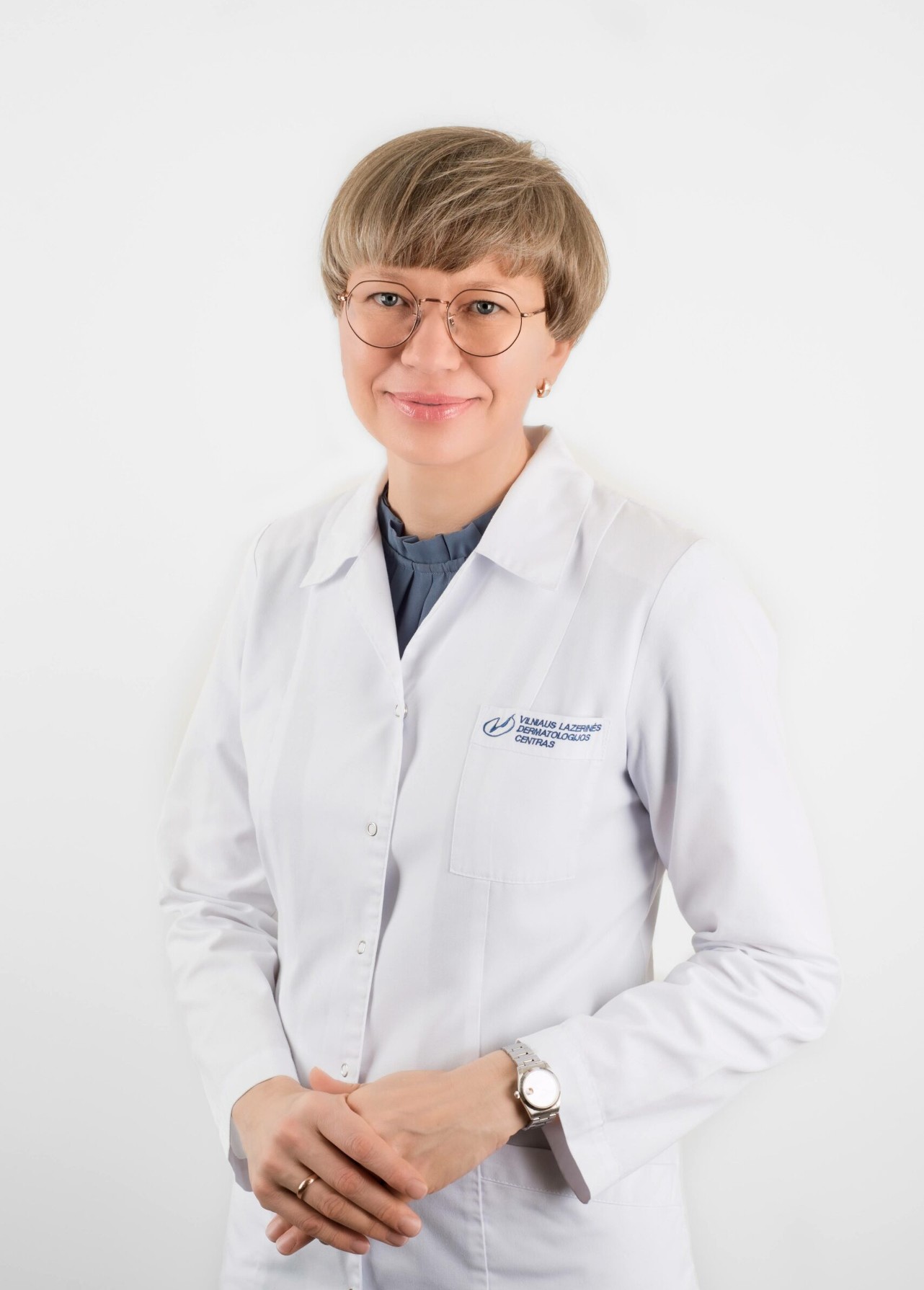Polymorphic sun rash (synonyms: polymorphic light rash, sun allergy, sun allergy) is the most common skin disease provoked by the sun’s UV rays, and is characterised by itchy rashes on exposed areas of the body. The rashes appear after a few hours in the sun and may persist for several days.
It has been observed that women are more prone to this disease than men. It usually affects people under 30 years of age and fair-skinned people. It is estimated that up to 20% of the population may suffer from sun allergy at some point in their lives.
Both UVA and UVB rays influence the development of polymorphic sun rash. However, UVA rays are more likely to cause rashes. The dose of radiation, the frequency of contact, the area of exposed skin and the area of the body are also influential. Genetic predisposition and immune system reactions are also important.
What are the symptoms of polymorphic sun rash?
The rash usually appears in spring or early summer. In winter, rashes can be provoked by sunbeds or holidays in warm countries. Usually, within a few hours, the areas of the body exposed to the sun develop extremely itchy, small papules. Sometimes the rash appears after a couple of days instead of a few hours in the sun. If the sun is avoided, the skin lesions disappear spontaneously within a few days without leaving any marks. The main feature of polymorphic sun rash is that it occurs during the warm season. It is most intense in spring and less intense in summer.
The most common areas are the upper chest (‘décolleté’ area), the neck, the dorsal surface of the arms, and sometimes the shoulders and shins. The face is rarely affected. Once healed, the rashes do not recur until the following spring, before sunlight again provokes skin damage on the same areas of the body.
Although the skin lesions in polymorphic light rash are variable, the same person has the same rash in all cases. The most common are itchy, pink or skin-coloured papules, symmetrically arranged in sun-exposed areas. There may also be vesicles, plaques, etc. Sometimes only itching of the skin without any visible rash may be troublesome. Frequent digging and rubbing of the skin causes eczema-like skin changes. Rarely, the rash is accompanied by headache, nausea and increased body temperature. Although the disease is not life-threatening, it significantly impairs quality of life – patients avoid going outdoors, take fewer holidays, and experience a lot of anxiety.
Increased exposure to the sun can increase the skin’s tolerance to ultraviolet rays (‘skin hardening effect’). It has been observed that from midsummer onwards, most patients do not have a recurrence of the polymorphic sun rash until the following spring. The exact mechanism of this phenomenon is not known, but it is believed that the accumulated exposure to low doses of UV light over time increases melanin production, thickens the stratum corneum and normalises the skin’s immune processes. However, this does not mean that you can sunbathe indiscriminately.
How is polymorphic sun rash diagnosed?
The diagnosis of the disease is based on the typical symptoms, i.e. an itchy rash on sun-exposed areas of the body, which appears in spring or early summer, and does not recur once the summer is under way. It is important to assess for signs of other sun-induced skin diseases during diagnosis. In most cases, no further tests are needed. In case of uncertain diagnosis, a skin biopsy and histological examination may be performed.
How is polymorphic light rash treated?
Preventive measures:
- Sun protection. Sun protection is the most important preventive measure not only for this disease, but also for skin cancer and premature skin ageing. Sun protection is not only about sunscreen, but also about appropriate clothing, staying in the shade and avoiding the sun at its peak. Sunscreens should be broad-spectrum, protect against both UVA and UVB rays, and should have an SPF of at least 30.
- Sporadic research has shown that the use of carotenoids and antioxidants can help prevent polymorphic sunburn. However, there is a lack of reliable evidence on the effectiveness of these substances.
- Prophylactic phototherapy (low-dose PUVA, narrow-wave UVB phototherapy) can be administered in early spring to increase the skin’s tolerance to natural ultraviolet rays. Narrow-wave UVB phototherapy is usually recommended due to its higher availability and easier application. The dose of the rays is increased gradually, up to the patient’s maximum tolerance.
Treatment. Most people do not seek medical attention for this problem, as the rashes disappear spontaneously and do not recur in the course of the summer due to the “hardening” effect. However, some patients have to be given treatment to relieve the symptoms. The main methods of treating polymorphic sun rash are:
- Corticosteroid ointments. These are effective in reducing inflammation and itching. These medicines are given for 5-7 days until the rash subsides.
- In the case of a widespread rash, oral corticosteroids are prescribed, usually a course of 4 -5 days is sufficient.
- Antihistamines are recommended to relieve itching.
Polymorphic sun rash is a recurrent disease, but the intensity of the rash decreases over the years, and the rash is less severe and does not occur every year.

